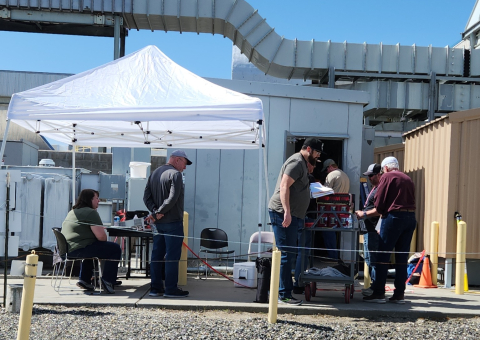
The 222-S Laboratory plays an important role in analyzing radioactive tank waste at the Hanford Site — so when crews needed to shut down the facility’s power for a full week to complete infrastructure upgrades, timing and precision were everything.
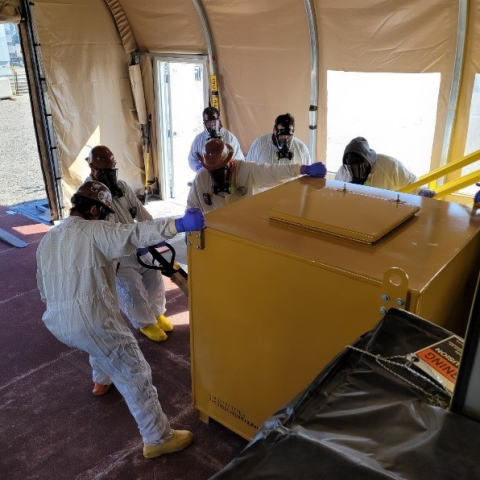
Hanford’s Test Bed Initiative could pave the way for future tank waste treatment options
The workforce responsible for treating and safely disposing of millions of gallons of radioactive waste remaining in underground tanks at Savannah River Site has achieved 20 million safe work hours.
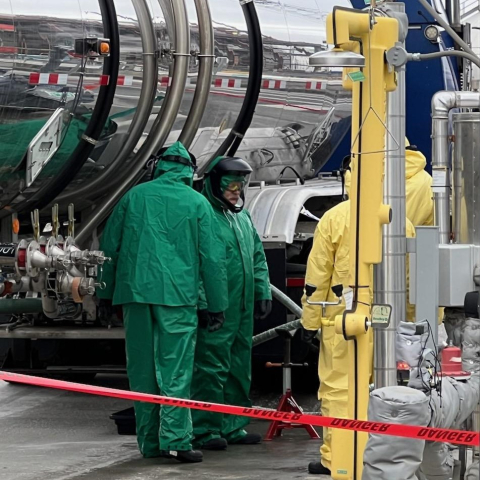
he Hanford Site’s Waste Treatment and Immobilization Plant recently received more than 3,500 gallons of sodium hydroxide, commonly known as lye.
Facility treated over 1,700 gallons of waste per day — nearly triple the rate of previous run
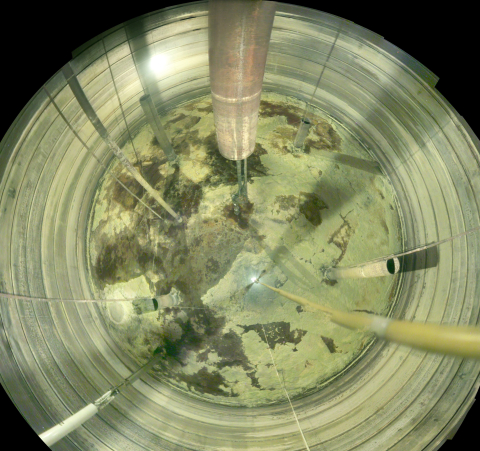
The Hanford Field Office and its tank operations contractor recently began retrieving radioactive and chemical waste from another large, underground storage tank at the Hanford Site.
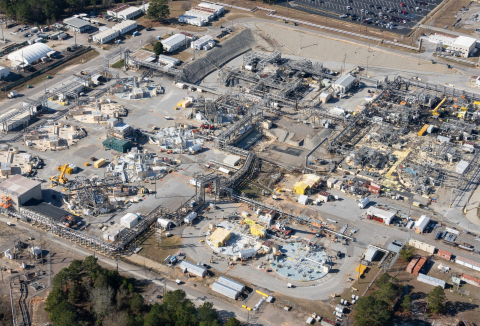
The Office of Environmental Management has achieved its third radioactive waste removal milestone in one calendar year at the Savannah River Site — now marking three waste tanks staged ahead of schedule for next steps in the closure process.
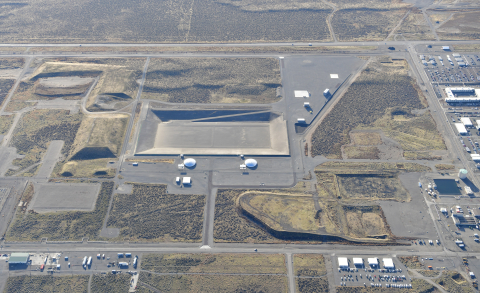
It won’t be long before the Integrated Disposal Facility is ready for its critical role in the mission to treat tank waste through the Direct-Feed Low-Activity Waste (DFLAW) Program at the Hanford Site.
The Hanford Field Office and tank operations contractor Washington River Protection Solutions are working with a local business to create a full-scale mock-up for the next phase of liquid radioactive waste pretreatment.
The Hanford Site is a step closer to immobilizing radioactive liquid tank waste in glass for safe disposal.

